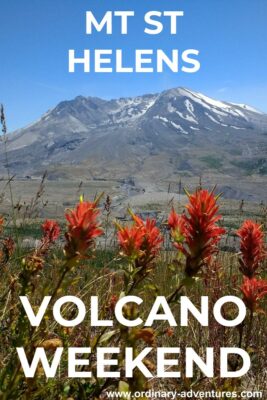Mt St Helens Weekend (North side)
Last Updated on April 1, 2025
2025 Note: State Route 504, the Spirit Lake Highway, experienced a landslide in the Spring 2023 and the road is closed to Johnston Ridge Observatory. I will update this once they announce when the road and Johnston Ridge will reopen.
Looking for a fantastic short getaway full of outdoor adventure and volcano education? Make it a Mt St Helens weekend! A great and affordable basecamp for a weekend exploring the north side of Mt St Helens National Monument (the side where the most destruction is visible from the 1980 eruption) is Seaquest State Park, just a few miles from I-5 on State Route 504, the road to the Johnston Ridge Observatory as well as Coldwater Lake.
Related: Perfect Mt St Helens day trip from Seattle or Portland
Seaquest state park has both tent camping and yurts, which are a fun alternative to tent camping (with heat)! The best time of year for a Mt St Helens weekend is mid May through October, when the road is open all the way to Johnston Ridge. Make sure to have a full tank of gas before leaving I-5 as well as all the food you’ll need for your weekend as there are no services in the area.
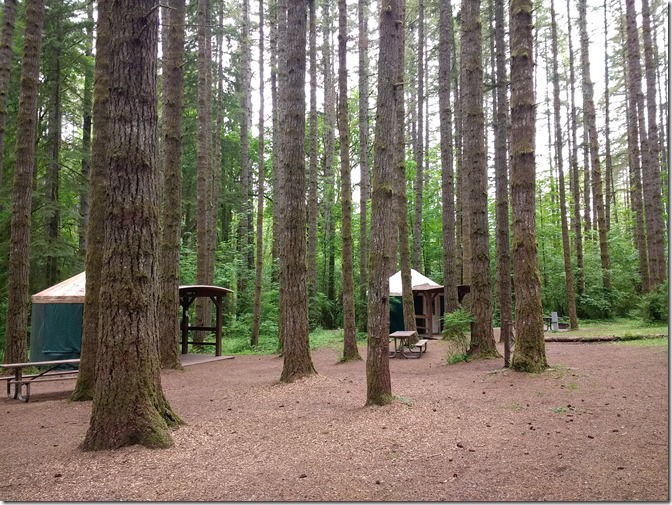
The park itself has some great hiking, including a loop that goes around Silver lake (featuring lots of birds and amphibians) as well as through a misty, green forest.
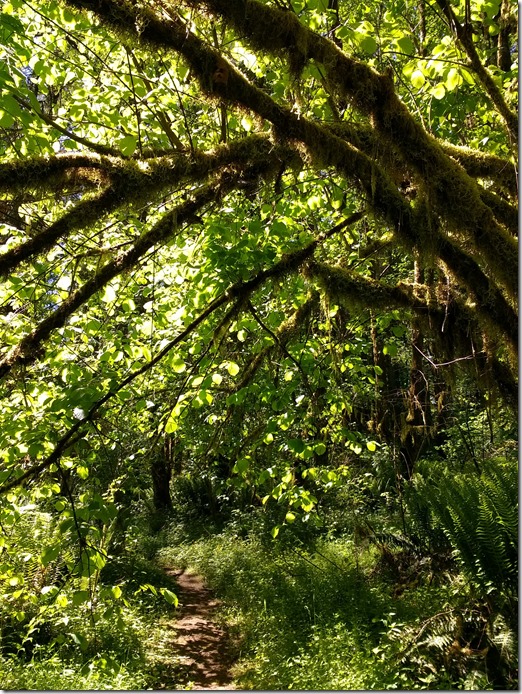
When you’re ready to explore the Blast Zone, it’s just an hour to get to Johnston Ridge Observatory, which has an excellent visitor center, a movie theater and lots of hiking trails.
Once you’ve learned all about the eruption and the return of life to Mt St Helens, it’s a great time for a hike. There is no shade here at all, so make sure to bring lots of extra water and sun protection, even if it doesn’t feel like a hot day (along with your 10 essentials). If you’re not up for a long hike, it’s still worth it to walk out on the Boundary trail to get away from crowds and get a feel for the devastation of the blast zone.
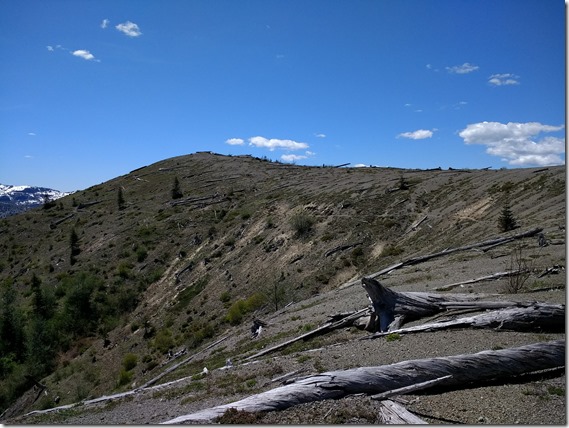
If you’re up for a longer excursion (and have enough water, food and sun protection), you can continue to a junction and go up to Harry’s Ridge or down into the Pumice Plain. In either direction you can see the 1980 eruption devastation caused by the largest landslide in recorded history as well as the lateral explosion from the crater which is less than 5 miles away!
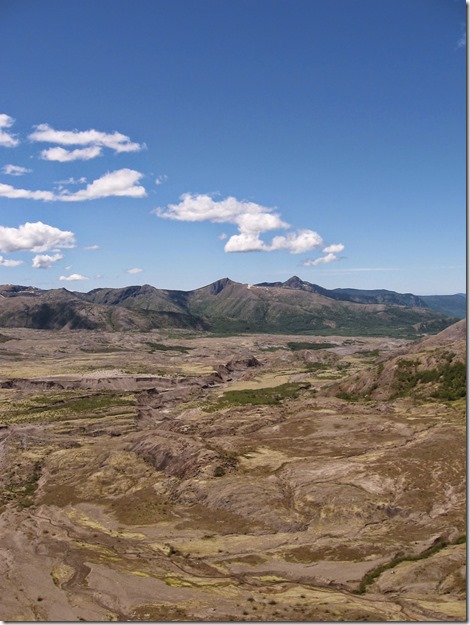
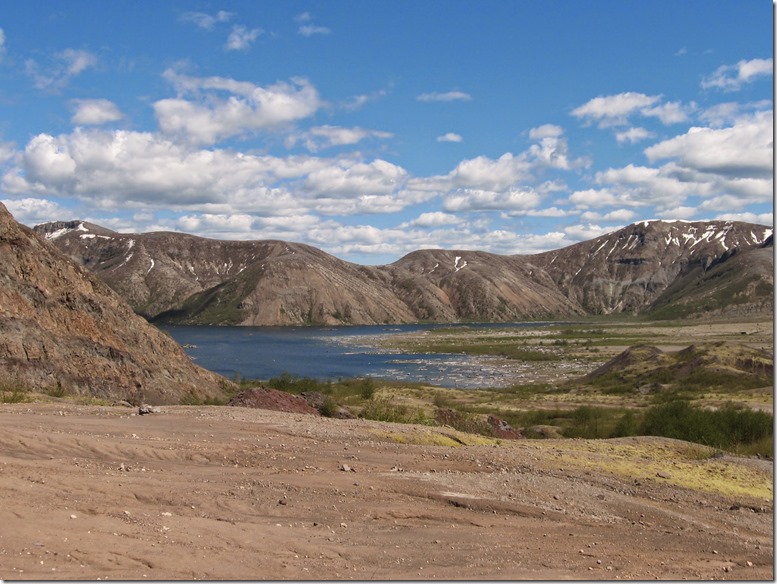
Another great stop is at Coldwater Lake, a large and beautiful lake created by the 1980 eruption damming a creek. This is a good option for a second day, since it’s a shorter distance up the road. There are several wonderful hiking trails around Coldwater lake as well.
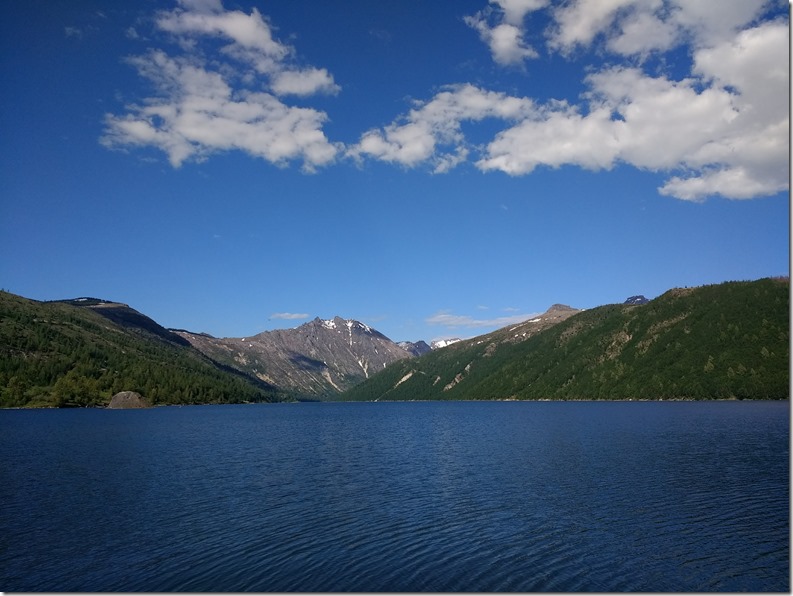
Bring your sense of adventure and imagination and experience a unique landscape at a moment in time and grow your awe for nature’s power and ability to renew itself!
Ready for an even bigger adventure? Check out this post for how you can plan to climb to the crater rim of Mt St Helens!
